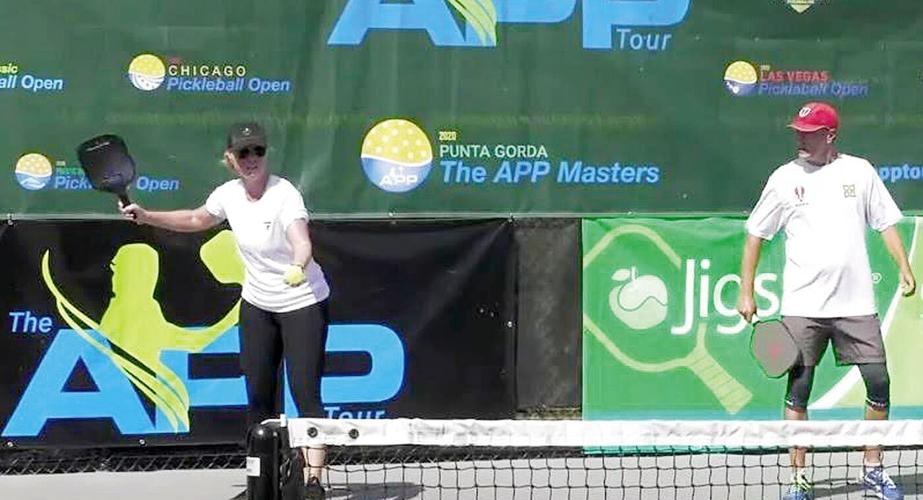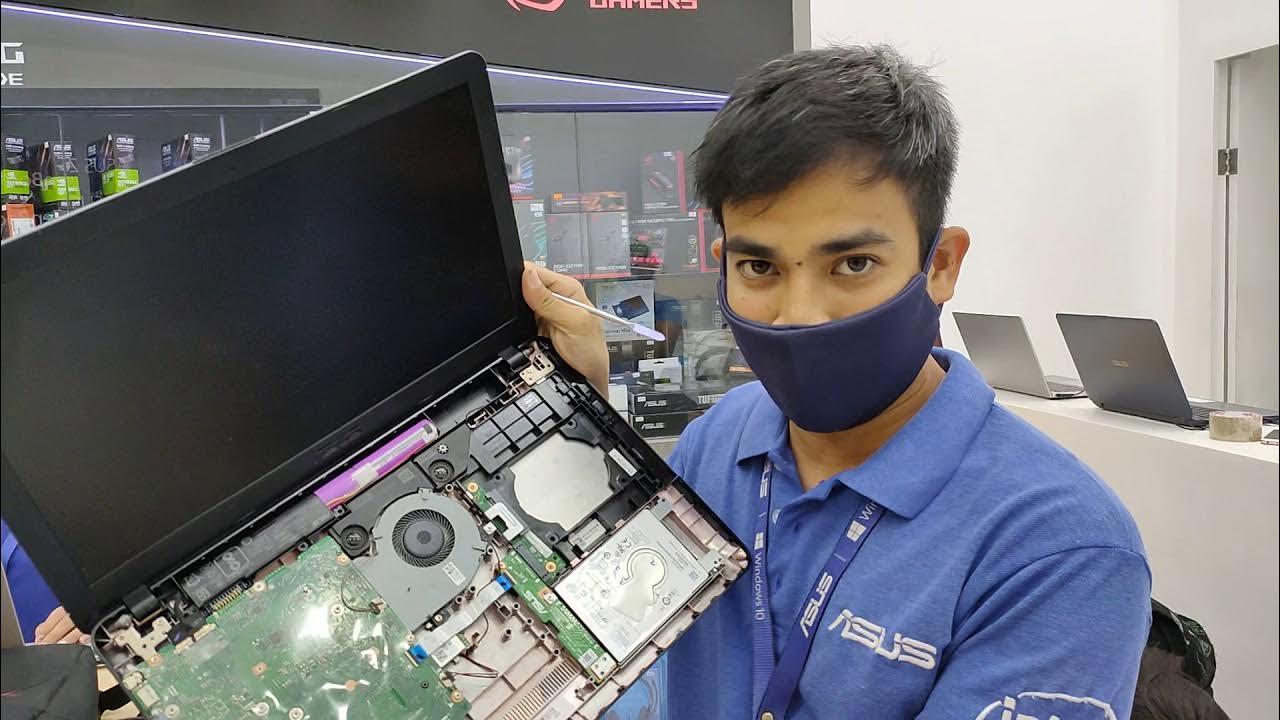To become a professional pickleball player, focus on consistent practice, participating in competitive tournaments, and seeking guidance from experienced players. Are you passionate about pickleball and dream of taking your skills to a professional level?
Turning your passion into a career requires dedication, practice, and a strategic approach. We will provide you with essential tips on how to become a professional pickleball player. By following these steps, you will enhance your game, gain exposure, and increase your chances of competing at a professional level.
So, whether you’re an amateur looking to make the jump or a skilled player seeking to elevate your game, read on to discover the path to becoming a professional pickleball player.

Credit: www.ppatour.com
1. Basics Of Pickleball
Welcome to the exciting world of pickleball! Whether you’re a beginner or looking to take your skills to a professional level, understanding the basics is essential. In this section, we’ll cover everything you need to know about the court, equipment, scoring, and rules of this popular sport. Let’s dive in!
1.1 Court And Equipment
The pickleball court is similar to a badminton court and measures 44 feet in length and 20 feet in width. It is divided by a net that stands 36 inches at the center and 34 inches on the ends. The surface can be either indoor or outdoor, typically made of concrete or asphalt.
Now let’s talk about the equipment. Pickleball requires specialized gear that includes a pickleball paddle and a pickleball, which resembles a wiffle ball. The paddle is usually made of lightweight materials like wood, composite, or graphite, with a perforated surface to reduce wind resistance and improve control.
To provide you with a quick overview, here’s a table summarizing the court and equipment details:
| Aspect | Details |
|---|---|
| Court Length | 44 feet |
| Court Width | 20 feet |
| Net Height (Center) | 36 inches |
| Net Height (Ends) | 34 inches |
| Paddle | Lightweight, wood/composite/graphite |
| Pickleball | Wiffle ball-like, with perforations |
1.2 Scoring And Rules
Scoring in pickleball follows a simple system. Only the serving team can score points, and the first team to reach 11 points with a margin of at least 2 points wins the game. However, if the score reaches 10-10, a team must win by two clear points.
When it comes to the rules, let’s outline the key points:
- Each team must serve underhand and behind the baseline, aiming diagonally across the net.
- The serve must land in the opposite diagonal court and clear the non-volley zone, which is seven feet from the net on both sides.
- After the serve, the players must let the ball bounce once on each side, called the double bounce rule, before volleys are allowed.
- During the game, players cannot step into the non-volley zone unless the ball bounces there first.
- The ball is considered out of bounds if it hits any part of the line.
- Error-free pickleball emphasizes fair play, sportsmanship, and a friendly competitive spirit.
With these scoring and rules in mind, you’re now ready to embark on your pickleball journey. Practice, play, and unleash your potential on the court!

Credit: www.gmtoday.com
2. Mastering The Pickleball Techniques
Mastering the pickleball techniques is crucial if you want to become a professional pickleball player. These techniques involve perfecting your grip, swing, serving strategies, dinking and third shot drop, as well as mastering the overhead smash and lob shots. In this section, we will break down each technique to help you improve your game. Let’s dive in!
2.1 Grip And Swing Techniques
The grip and swing techniques play a vital role in your overall performance on the pickleball court. Having the right grip allows you to have control over your shots, while the proper swing technique ensures accuracy and power. To optimize your grip, follow these steps:
- Hold the paddle with a firm yet relaxed grip.
- Place your dominant hand on the paddle’s handle, aligning the webbing between your thumb and index finger with the paddle’s face.
- Wrap your non-dominant hand around the handle, creating a comfortable and secure grip.
Once you have the right grip, it’s time to focus on your swing technique. Keep in mind the following tips:
- Keep your swing compact and controlled, using your hips and core for power.
- Use the momentum generated by your body to maintain a fluid motion.
- Position yourself properly to maximize your reach and optimize your swing.
2.2 Serving Strategies
The serve is the starting point of every pickleball game, and a well-executed serve can give you an edge over your opponents. To improve your serving strategies, consider the following:
- Focus on consistency rather than power for starters.
- Experiment with different types of serves, such as the drive serve, lob serve, or spin serve, to keep your opponents guessing.
- Vary your placement, aiming for the sidelines or deep corners to make your serve harder to return.
2.3 Dinking And Third Shot Drop
Dinking and third shot drop are essential techniques that allow you to maintain control and set up offensive plays. Here are some pointers for mastering these techniques:
- Practice your soft touch shots by aiming to “dink” the ball over the net with precision and control.
- Focus on using your wrist instead of a full swing to execute the dink shots accurately.
- When it comes to the third shot drop, aim to hit the ball softly with a slight arc to keep it low and close to the net.
2.4 Overhead Smash And Lob Shots
The overhead smash and lob shots are powerful offensive moves that can catch your opponents off guard. Perfecting these techniques can help you gain the upper hand in intense rallies. Consider the following tips:
- Position yourself under the ball and prepare for an explosive overhead smash.
- Use your whole body to generate power as you swing the paddle, aiming to hit the ball with precision and force.
- Alternatively, the lob shot can be an effective defensive or offensive shot. Practice lofting the ball high over the net to force your opponents back or create an opportunity for an aggressive follow-up.
3. Physical Fitness And Conditioning
Physical fitness and conditioning are crucial aspects of becoming a professional pickleball player. By incorporating regular exercises, strength training, and endurance-building activities into your routine, you can enhance your skills and improve your performance on the court.
To become a professional pickleball player, it is crucial to focus on your physical fitness and conditioning. This aspect of training will not only improve your performance on the court but also help prevent injuries. In this section, we will explore three key areas of physical fitness and conditioning: strength and endurance training, agility and quickness exercises, and flexibility and injury prevention.
3.1 Strength And Endurance Training
To excel in pickleball, you need to have both strength and endurance. Being physically strong allows you to hit powerful shots, while endurance ensures you can sustain your performance throughout a match. Incorporating strength training exercises into your routine will help you build muscular strength, focusing on your core, upper body, and lower body.
You can include exercises such as:
- Squats
- Lunges
- Push-ups
- Shoulder presses
- Planks
These exercises help develop the necessary muscle groups required for playing pickleball. Simultaneously, you should focus on improving your cardiovascular endurance by engaging in activities like running, cycling, or swimming. Incorporating both strength and endurance training will improve your overall performance on the pickleball court.
3.2 Agility And Quickness Exercises
Agility and quickness are essential attributes for any pickleball player. Your ability to move swiftly, change direction, and react quickly to opponents’ shots can give you a competitive edge. Incorporating agility and quickness exercises into your training routine will help enhance your footwork and reaction time, increasing your effectiveness on the court.
Some agility and quickness exercises you can try include:
- Ladder drills
- Cone drills
- Footwork exercises
- Reaction drills
These exercises will improve your coordination, balance, and speed, allowing you to be more agile and react swiftly during intense pickleball matches.
3.3 Flexibility And Injury Prevention
To avoid injuries and maintain optimal performance, it is vital to focus on flexibility and injury prevention. Regular stretching exercises will improve your range of motion, preventing muscle strains and enhancing your overall flexibility. Incorporating dynamic stretches into your warm-up routine and static stretches after your training sessions can help prepare your body for the physical demands of pickleball.
In addition to stretching, incorporating exercises that target specific muscle groups prone to injury in pickleball, such as the shoulder and knee, can help prevent common injuries. Strengthening exercises for these areas, along with proper form and technique, will reduce the risk of injury and keep you on top of your game.
| Area | Exercise |
|---|---|
| Shoulder | External rotations with resistance bands |
| Knee | Lunges with knee stabilization |
By prioritizing flexibility and injury prevention, you can maintain a healthy body and avoid setbacks when pursuing your professional pickleball goals.

Credit: www.desertsun.com
4. Mental Game Of Pickleball
The mental game of pickleball is just as important as the physical aspect when it comes to becoming a professional player. It’s the ability to stay focused, handle pressure, and overcome challenges that can truly set you apart from the competition. In this section, we will explore the key components of developing a strong mental game in pickleball.
4.1 Developing Focus And Concentration
Developing focus and concentration is crucial not only during gameplay but also during training sessions. To improve your focus, try incorporating the following strategies:
- Eliminate distractions: Find a quiet place where you won’t be interrupted and turn off your phone or any other potential distractions.
- Set specific goals: Clearly define what you want to achieve in each practice session or game to help maintain your focus.
- Use a pre-shot routine: Establish a consistent routine before each shot to bring your mind back into the present moment and improve your concentration.
4.2 Visualizing Success And Positive Self-talk
Visualization and positive self-talk are powerful techniques to boost confidence and enhance performance. Here’s how you can incorporate them into your pickleball journey:
- Visualize success: Take a few moments before a match or practice to imagine yourself playing at your best, executing perfect shots, and achieving victory.
- Practice positive self-talk: Replace self-doubt and negative thoughts with positive affirmations such as “I am a skilled player” or “I can handle any challenge that comes my way.”
4.3 Handling Pressure And Overcoming Challenges
Pressure and challenges are inevitable in any competitive sport, including pickleball. Here are some strategies to help you handle pressure and overcome challenges:
- Embrace the challenge: Instead of viewing pressure as a negative thing, reframe it as an opportunity for growth and a chance to showcase your skills.
- Focus on the process: Rather than getting overwhelmed by the outcome, concentrate on executing each shot to the best of your ability.
- Learn from setbacks: Use setbacks as learning experiences and identify areas for improvement, allowing yourself to grow both mentally and technically.
In conclusion, developing a strong mental game is a crucial aspect of becoming a professional pickleball player. By improving your focus and concentration, visualizing success, practicing positive self-talk, and handling pressure and challenges, you’ll be well on your way to reaching your full potential in pickleball.
5. Advancing To The Professional Level
Advancing to the professional level in pickleball requires dedication, practice, and a strategic approach. By focusing on improving your skills, participating in competitive tournaments, and seeking expert guidance, you can increase your chances of becoming a professional pickleball player.
5.1 Competing In Tournaments
To advance to the professional level in pickleball, competing in tournaments is essential. Tournaments provide an opportunity to showcase your skills, gain exposure, and measure your performance against other top players. Participating in local, regional, and national tournaments allows you to gain valuable experience and helps you climb the rankings.
To ensure you are prepared for tournaments, follow these steps:
- Research tournaments: Find tournaments in your area or those that align with your skill level. Make note of dates, locations, and entry requirements.
- Train specifically: Focus on aspects of your game that need improvement. Work on your technique, footwork, agility, and strategy to enhance your chances of success.
- Develop a tournament routine: Establish a pre-game routine that includes warm-up exercises, mental preparation, and visualization techniques. This will help you get into the right mindset and perform at your best.
- Analyze competitors: Study the playing styles of your potential opponents. Identify their strengths and weaknesses to adapt your game and create winning strategies.
- Stay calm under pressure: Tournaments can be intense, and it’s important to stay focused and composed. Practice mindfulness techniques to manage stress and maintain mental clarity during matches.
5.2 Seeking Professional Coaching
Seeking professional coaching is a crucial step in advancing to the professional level of pickleball. A skilled coach can provide personalized guidance, help you improve specific aspects of your game, and offer valuable insights that will accelerate your progress. Here’s what you need to do:
- Research reputable coaches: Look for coaches with a proven track record in the sport. Read reviews, seek recommendations from other players, and consider their experience and expertise.
- Take lessons: Once you’ve identified potential coaches, schedule lessons to kickstart your training. Communicate your goals and areas for improvement to ensure the coaching sessions are tailored to your needs.
- Work on fundamentals: A good coach will help you refine your basic skills, such as your grip, stance, and strokes. By establishing a strong foundation, you’ll have a solid platform to build on.
- Develop advanced techniques: As you progress, your coach can introduce you to more advanced strategies, shots, and defensive plays. Mastering these techniques will give you a competitive edge.
- Receive feedback: Regularly seek feedback from your coach to identify areas where you can improve. Actively implement their suggestions in your training sessions and matches.
5.3 Building A Strategic Training Plan
Building a strategic training plan is crucial for progression in pickleball. A well-designed plan focuses on improving key areas of your game and helps you set measurable goals. Follow these steps to develop an effective training plan:
- Identify weaknesses: Analyze your game to determine areas where you struggle the most. This could be your backhand, footwork, transition shots, or tactics.
- Set specific goals: Establish clear and measurable goals that align with your weaknesses. For example, set a goal to improve your backhand accuracy by a certain percentage within a specific timeframe.
- Create a schedule: Allocate dedicated time for training sessions, focusing on your identified weaknesses. Incorporate regular practice, drills, and match play to simulate real-game situations.
- Track progress: Monitor your progress regularly to evaluate your improvement. Keep a record of set goals, performance metrics, and match results to identify areas that need further attention.
- Adjust and adapt: Modify your training plan as needed based on your progress and evolving goals. Be open to trying new techniques, strategies, or training methods to continually challenge yourself.
Frequently Asked Questions For How To Become A Professional Pickleball Player
Can I Become A Professional Pickleball Player Without Any Prior Experience?
Yes, you can become a professional pickleball player even without any prior experience. With dedication, practice, and proper training, anyone can excel in the sport and work towards becoming a professional player.
What Is The Best Age To Start Playing Pickleball Professionally?
There is no specific age to start playing pickleball professionally. People of all ages can participate and excel in the sport. Whether you are young or older, as long as you have the passion and commitment, you can work towards becoming a professional pickleball player.
How Long Does It Take To Become A Professional Pickleball Player?
The time it takes to become a professional pickleball player varies from person to person. It depends on various factors like your skill level, dedication, practice routine, and access to training resources. With consistent effort and a proper training plan, it is possible to accelerate your progress and reach professional levels faster.
Are There Any Specific Training Programs For Aspiring Pickleball Professionals?
Yes, there are specific training programs available for aspiring pickleball professionals. These programs focus on developing your skills, technique, strategy, and overall game understanding. Joining such programs can significantly enhance your chances of becoming a professional pickleball player.
Conclusion
To sum up, becoming a professional pickleball player requires dedication, commitment, and a strategic approach. By following the tips and techniques discussed in this blog post, including training regularly, joining local tournaments, seeking professional coaching, and networking with other players, you can enhance your skills and increase your chances of turning pro.
Remember, success in pickleball, just like any other sport, does not come overnight. So stay focused, keep practicing, and never give up on your dreams. Soon enough, you might find yourself standing on the pickleball court as a professional player.
- Geofencing for Enhanced Security: How It Can Optimize Trucking Operations - November 21, 2024
- The Power of Mobile Accessibility And Real-Time Tracking for Trucking Operations - November 6, 2024
- Why Ease of Use is Crucial in Trucking Dispatch Software - September 22, 2024



